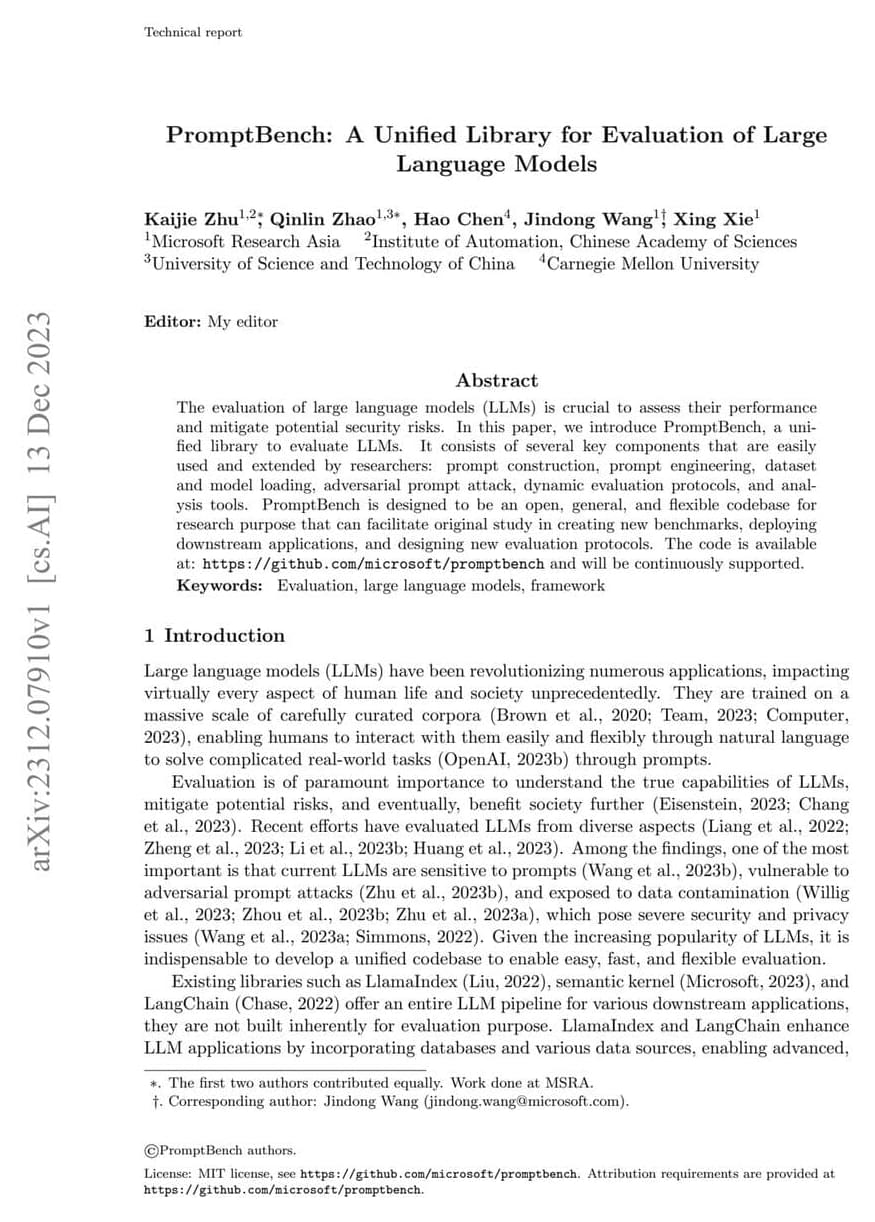Shirriff’s blog goes into a deep dive with a look inside the HP PHI chip, its construction, and die. He even examines its logic gates, first-in-first-out buffers (FIFOs), and address decoder. Please check out the blog for all these finer details and more.
In conclusion, the computer historian echoes our initial thoughts that this silicon-on-sapphire IC is “interesting as an example of a ‘technology of the future’ that didn’t quite pan out.”
Shirriff also contrasts late 70s era processors built on silicon-on-sapphire vs regular silicon in terms of energy consumption and clock speeds. Would you be surprised to hear that silicon-on-sapphire ICs were far superior using these metrics? Things might have panned out differently if these transparent ICs had been mass-produced at better yields and lower manufacturing costs. A frightening statistic highlighted by Shirriff is that HP’s silicon-on-sapphire yields were a mere 9%.





